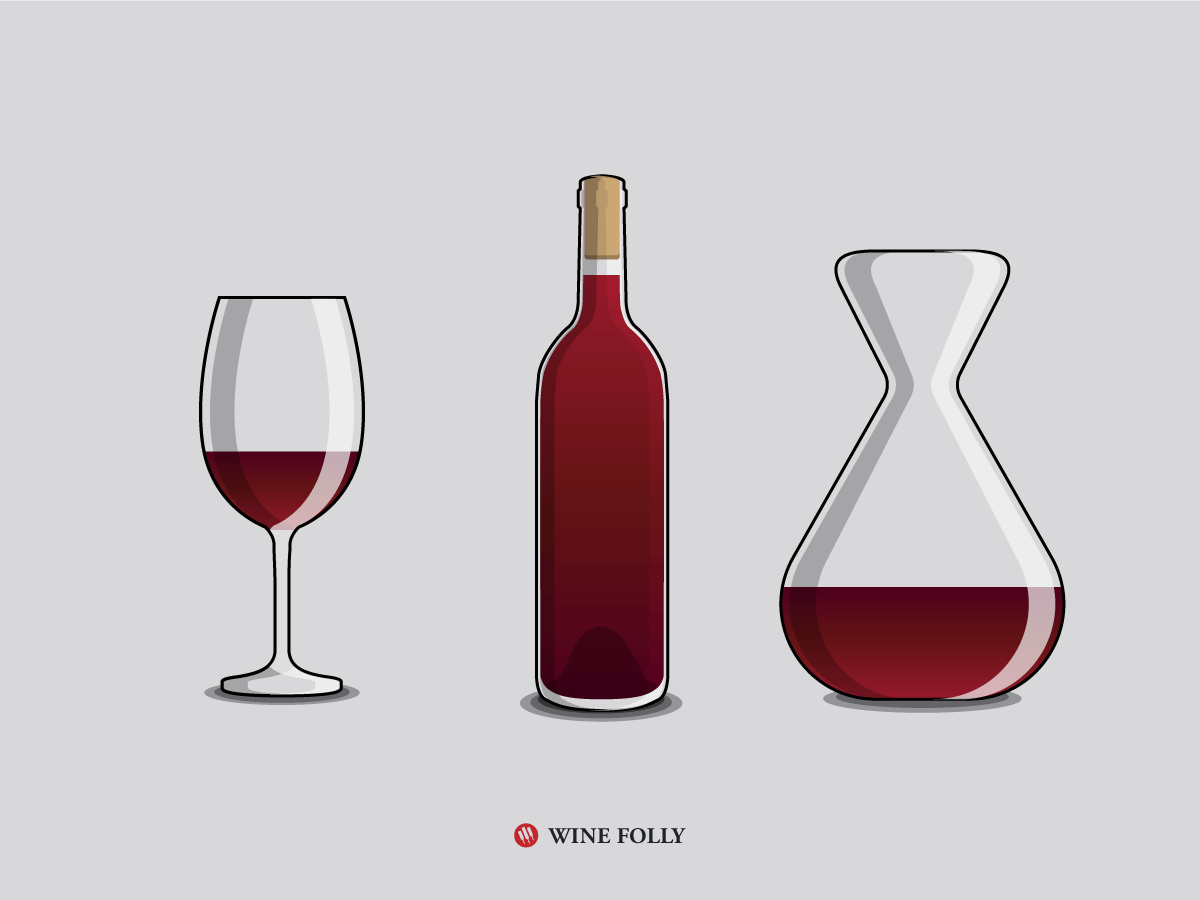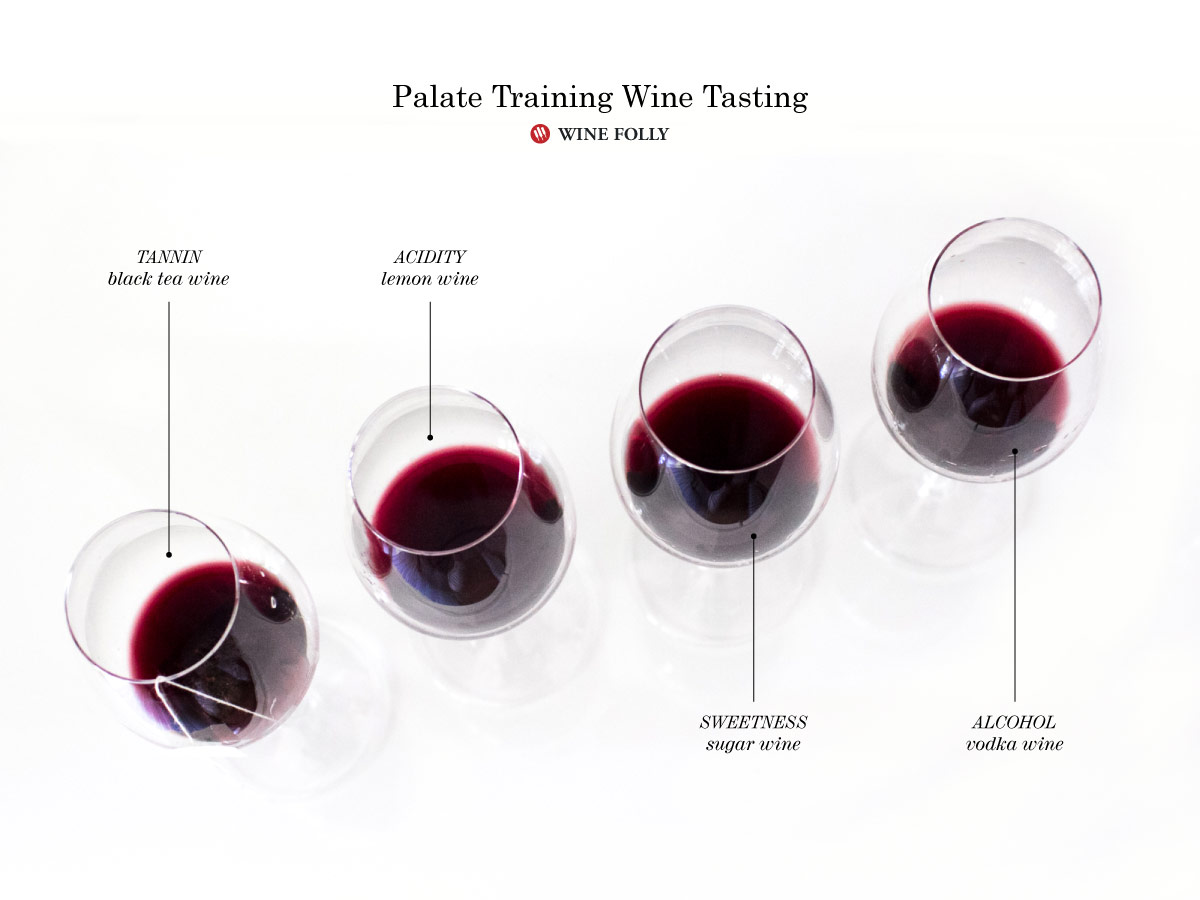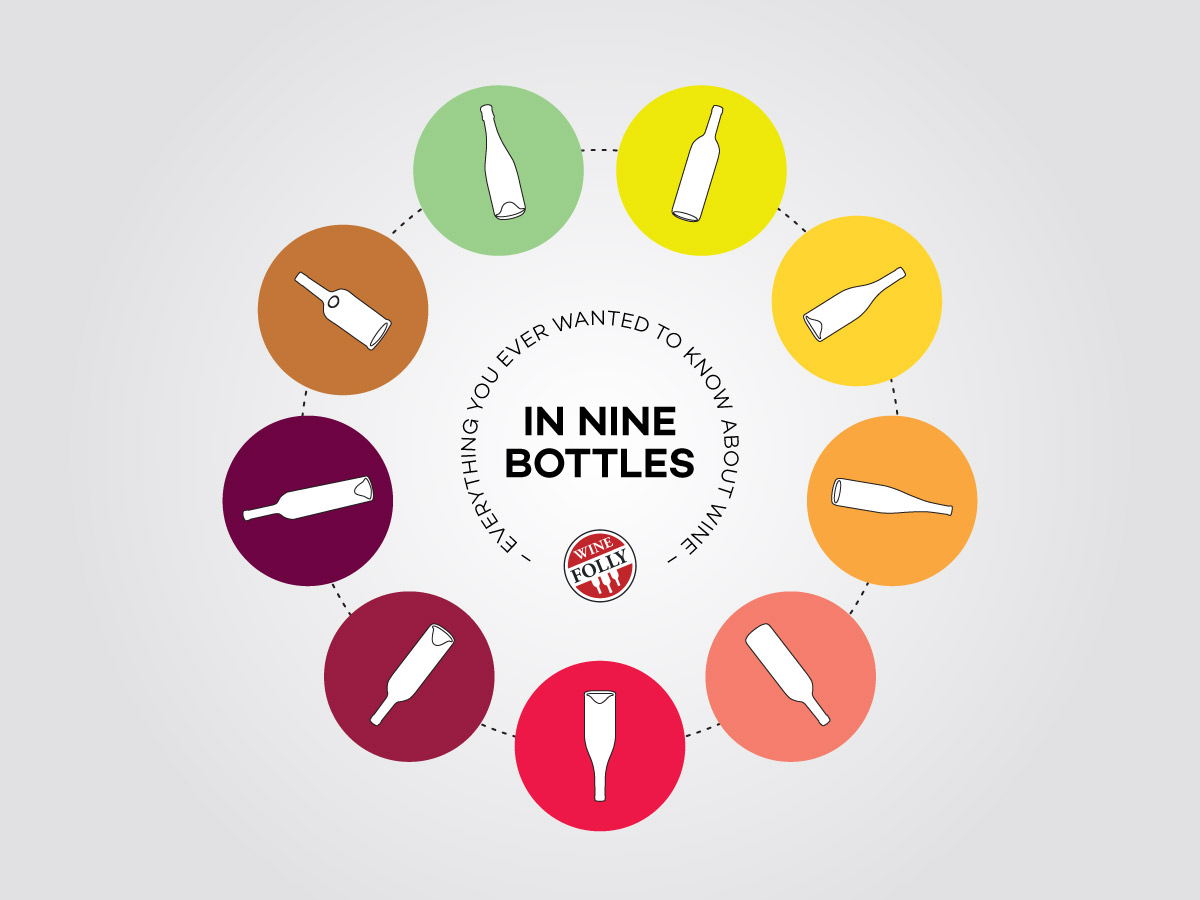There’s a lot of wine information out there, but not a lot of good advice on how to get started and what to learn first. Fortunately, with a little direction, you can gain lots of wine wisdom (and confidence) in a very short period of time. This guide intends to offer an outline on how to improve your wine knowledge — even if you’re starting from the very beginning.
Why Learn About Wine?
Becoming wine savvy isn’t for everyone. But it’s the best way for wine drinkers to enhance their social experiences and gain an improved sense of taste. There are some significant side benefits too: you’ll become more confident buying wine and be able to taste differences in quality. Of course, learning to identify wine quality can be so eye-opening that you may never see grocery store wine the same again, so if you prefer to maintain your blissful ignorance, it’s best to stop reading now.
If however, you’re ready to crack the code and understand your wine from the inside out, let’s get started!
How to Improve Your Wine Knowledge As A Beginner
Change the Way You Drink
The first step you must take if you want to improve your wine knowledge is to immediately change the way you drink. Keep in mind that the goal is to alter the way you buy and consume wine so that you can make better-informed choices and have a higher level of awareness. When you remember that goal, every time you taste wine suddenly becomes an opportunity to add to your wine knowledge. Changing the way you drink, means that you:
- Practice the tasting process each time you pick up a glass of wine
- Set up comparative tastings to improve your ability to taste
- Always identify the origin and vintage
- Seek out new wines that will expand your tasting repertoire
This simple adjustment isn’t something that requires your full attention all the time. Just be sure to take good notes and after you’ve recorded your thoughts, you can get back to enjoying wine for its effect.
Start Your Personal Wine Challenge
It doesn’t matter whether you’re a beginner or an expert, we all have more to learn about wine. With that in mind, here is a 3-step personal wine challenge tailor-made for beginners. If you subscribe to the Wine Folly newsletter, you’ll be informed about more advanced wine challenges as they’re released.
Am I a wine beginner?
If you don’t know how to describe tannin and acidity in wine, and you’re mostly unaware of the range of wine varieties and styles available at your local wine shop, then chances are you are a beginner. So, congratulations for challenging yourself to learn more!
Here are the first steps to take to improve your wine knowledge:
Step 1: Basic Wine Traits
First things first, what is wine? In Wine Folly, The Essential Guide to Wine, wine is described as an alcoholic beverage made with fermented grapes. Technically, wine can be made with any fruit, but most wines are made with a species of grape called Vitis Vinifera. These grapes are made of several different compounds (including water, sugar, acids, and polyphenols), which go through many different changes during fermentation and produce 4 basic tasting traits that are present in every glass of wine.
Your first order of business is to learn how to taste these 4 traits.
Step 2: Taste the 9 Styles of Wine
What kinds of wine are out there in the world today? Well, there are literally hundreds of thousands of wines released every year and each has a slightly different taste. Despite this exceptional variety, there are essentially 9 overarching styles that define the scope of wine. Your next task will be tasting a wine from each of these 9 styles so that you can get a sense of this range. It may take a while to try each of them, but you’ll come out on the other side with a completely different sense of taste.
Step 3: Essential Wine Etiquette

The only wine etiquette that truly matters are the steps and standards that involve preserving and tasting wine so as to ensure it tastes the way the winemaker intended it to taste. Everything else isn’t that important. The only reason wine etiquette is peculiar and somewhat specific is because wine is an extremely fragile product.
7 Basics to Serving Wine and Choosing Glassware
Resources
Tasting
![]()
Tasting wine involves a 4-step process: look, smell, taste, and think. When you taste wine and use this strategy each time, you’ll start to become more aware of the subtle differences between each bottle. Here are some very useful articles that will improve your tasting:
Learning
![]()
Expand upon your personal tasting experience by digging up some contextual information about the wine. Was the wine made in Spain? What part? What grape varieties make up the regional wine blend? What other wine varieties grow in that region? By associating a wine with a place, we expand our understanding beyond simply its producer and label. This will lead you to new interesting wines by exploring that region or regions with similar attributes (climate, wine varieties, tradition, etc.).
Exploration
What should you taste next? Finding inspiration in the wine aisle can be overwhelming at first, fortunately, there are a great many resources that will motivate you to try new wines.
- Subscribe to Wine Folly’s free Email Subscription
- Access free wine ratings online at Wine Enthusiast Magazine
Last Word: Start Tonight
There is never a better time to start learning about wine than right now. And, if you have any questions along the way, you can always connect with me on Instagram or leave a comment below. Salut!


